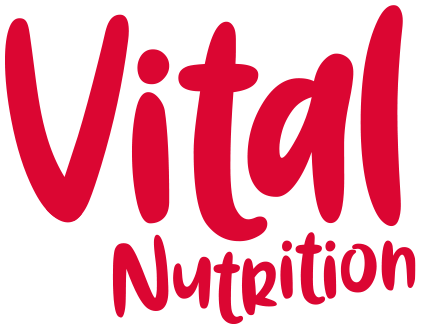Soothing the burn
Heartburn is enough to put you off your food. Most of us have experienced the horrible burning sensation of heartburn from time to time, but plenty of people really suffer with a condition called GERD (gastroesophageal reflux disease).
Alongside any medication your GP may prescribe, there are a few dietary changes and habits that may help to soothe symptoms too.
After we have swallowed food, it passes down our oesophagus and triggers a valve at the top of our stomach called the oesophageal sphincter. When this opens, it lets food into our stomach where it mixes with stomach acid and digestive enzymes to break our food down before it heads off into our small intestine where we absorb nutrients.
Normally, this sphincter protects the oesophagus from stomach acid, but sometimes food and acid can push the wrong way up and cause acid reflux, or heartburn. It is normal to have heartburn every so often, but is important to talk to your GP if it happens a lot.
Here are a few things that might help soothe the burn.
Chew your food
When we eat too quickly and don’t chew our food properly, we are more likely to suffer reflux and indigestion. Switch out of fight-or-flight (the sympathetic response) mode, and into rest-and-digest (the parasympathetic response) mode at mealtimes to help prepare your body for digestion.
Sit at a table and never eat standing up. This way you will have better posture to add digestion.
Don’t multi-task when you are eating a meal. Switch off your mobile, TV and other devices.
Take breath before you take a bite. This will help to switch your nervous system over to the rest-and-digest mode and make digestion more efficient.
Chew your food. Digestion starts in your mouth, so take time to chew your food well and break it down so it is ready for the next stage of digestion when it meets the acid in your stomach.
Once you have finished eating, take a moment to relax and allow your body to digest, rather than rushing off to the next thing.
Foods to avoid
There are certain foods that have been shown to trigger reflux and indigestion, so cutting these out of your diet may help.
Spicy foods like chilli and curry
Fizzy drinks, fruit juices and cordials
Coffee
Chocolate
Refined carbohydrates, like white bread, pastries and biscuits.
Processed foods
Alcohol
Tomatoes
Citrus fruit
Some people have sensitivities or intolerances to other foods. An elimination diet can help you work out what foods or drinks trigger symptoms for you. Make a list of any foods that you think trigger indigestion for you. Then take these out of your diet, ideally for around 4 weeks. Once you have given your body a rest from the suspected triggers, you can start to reintroduce these foods, but do it one food at a time and leave 3 or 4 days before trying a different food. Keep note of what foods you reintroduce and any reactions you have.
If you don’t react, then bring that food back into your diet again. If you do react, try cutting it out for another month or so before trying the reintroduction phase again.
Foods to eat
High fibre foods - higher fibre foods help to slow things down and are important for the health of our digestive tract from the top to the bottom. Eating fibre rich foods like fruit and vegetables, flaxseed and chia, wholegrains (especially oats) and pulses - peas, beans and lentils, is important.
Anti-inflammatory foods - colourful fruit and veg (again), ginger and turmeric, oily fish, olive oil and nuts and seeds contain nutrients with anti-inflammatory properties.
Slippery elm is a traditional remedy, found in your local health food shop, that can be mixed into a drink or taken as a supplement to help soothe the digestive tract.
This blog post first appeared as my column in The Irish News on Saturday 6th August 2022.

